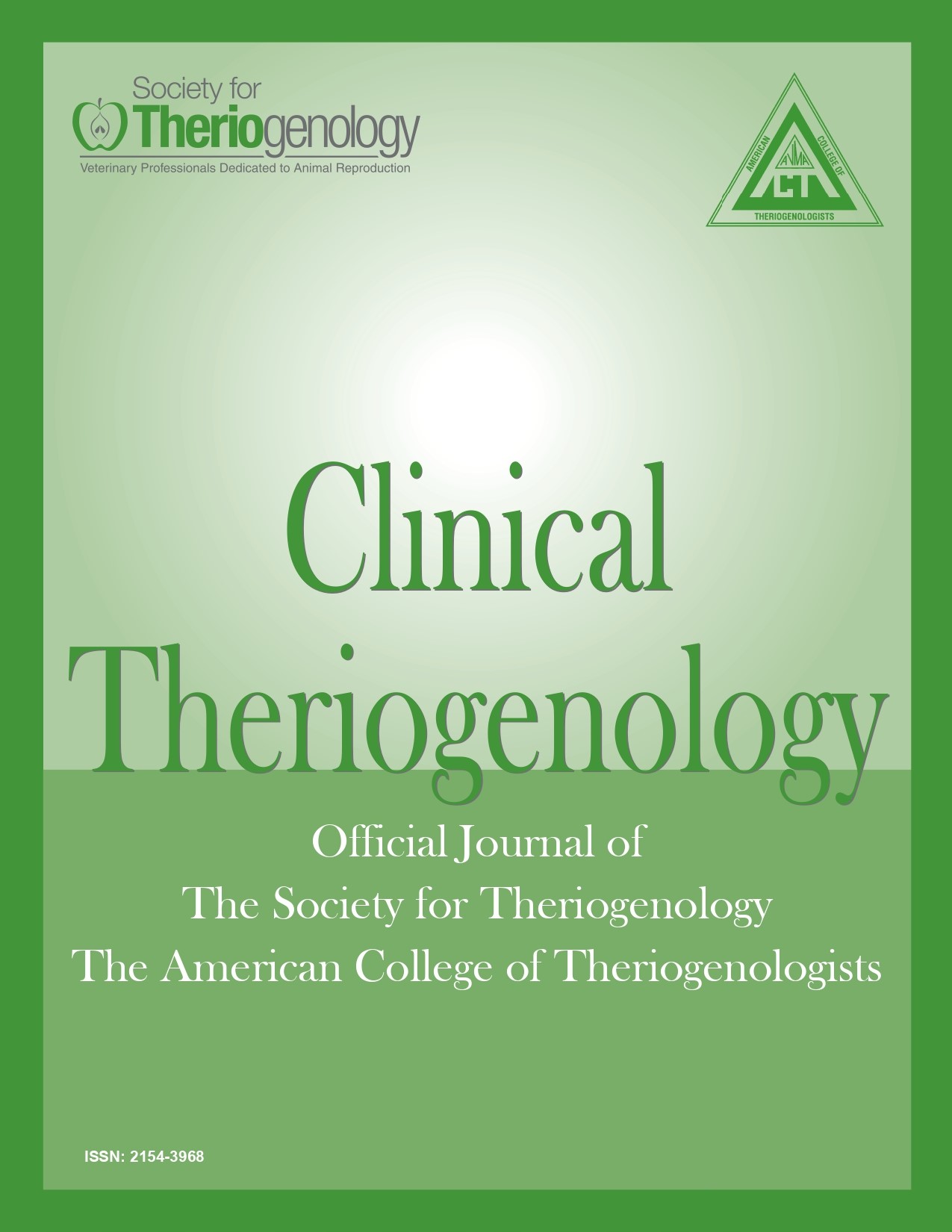Adding laparoscopic artificial insemination to your small ruminant practice–a practical review
Abstract
Laparoscopic artificial insemination (LAI) is an intrauterine method of insemination, especially utilized in the small ruminant species to bypass their unique anatomically tortuous cervix. There are several advantages of LAI that include efficient use of processed semen leading to higher pregnancy rates. Success of LAI programs depends on proper implementation of estrus synchronization programs, patient selection and thorough knowledge of the reproductive physiology. In addition, proper equipment and surgical expertise help in reducing patient morbidity and mortality rates. Laparoscopic artificial insemination can be associated with several complications as a result of inadequate patient preparation, poor technique or equipment failure. Hence, a through planning is essential to carry out the procedure safely and with consistent success rates. Addition of LAI to a small ruminant/food animal practice can be quite profitable and professionally fulfilling, with appropriate investment and training of the veterinarian and technical staff.
Downloads

This work is licensed under a Creative Commons Attribution-NonCommercial 4.0 International License.
Authors retain copyright of their work, with first publication rights granted to Clinical Theriogenology. Read more about copyright and licensing here.





